Registration, Payment and Financial Aid Updates. Learn more
September 6 - September 29, 2022

Installation View

Installation View

Installation View

Installation View

Installation View
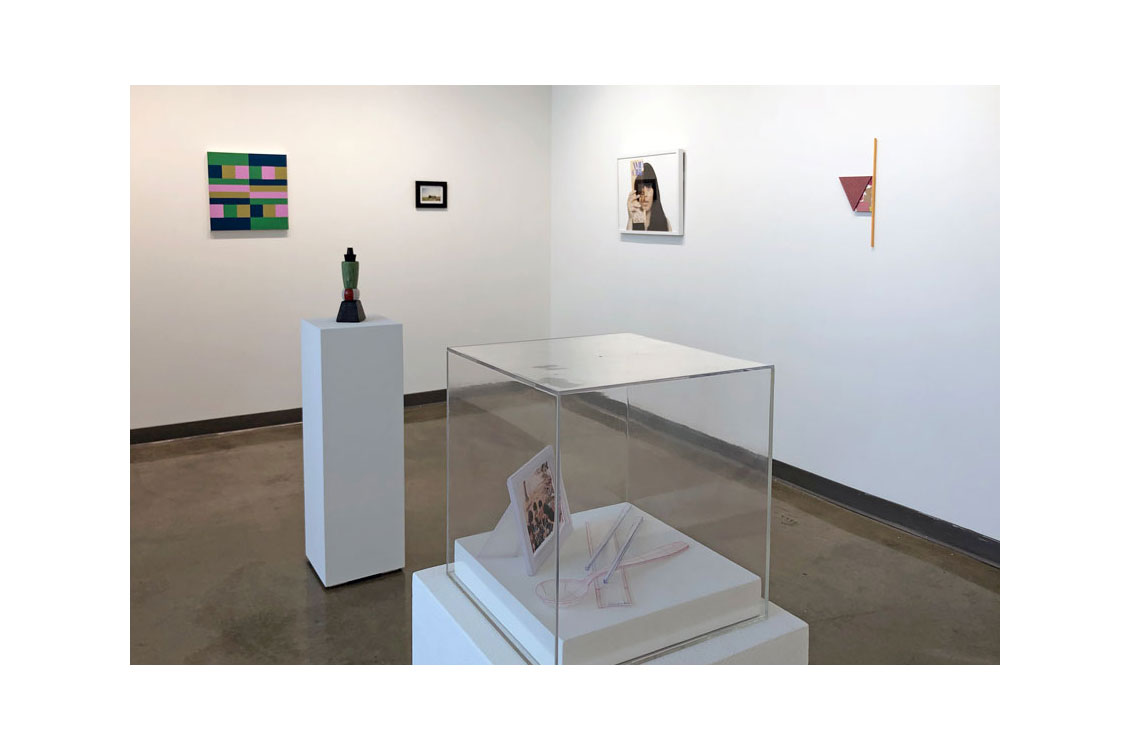
Installation View
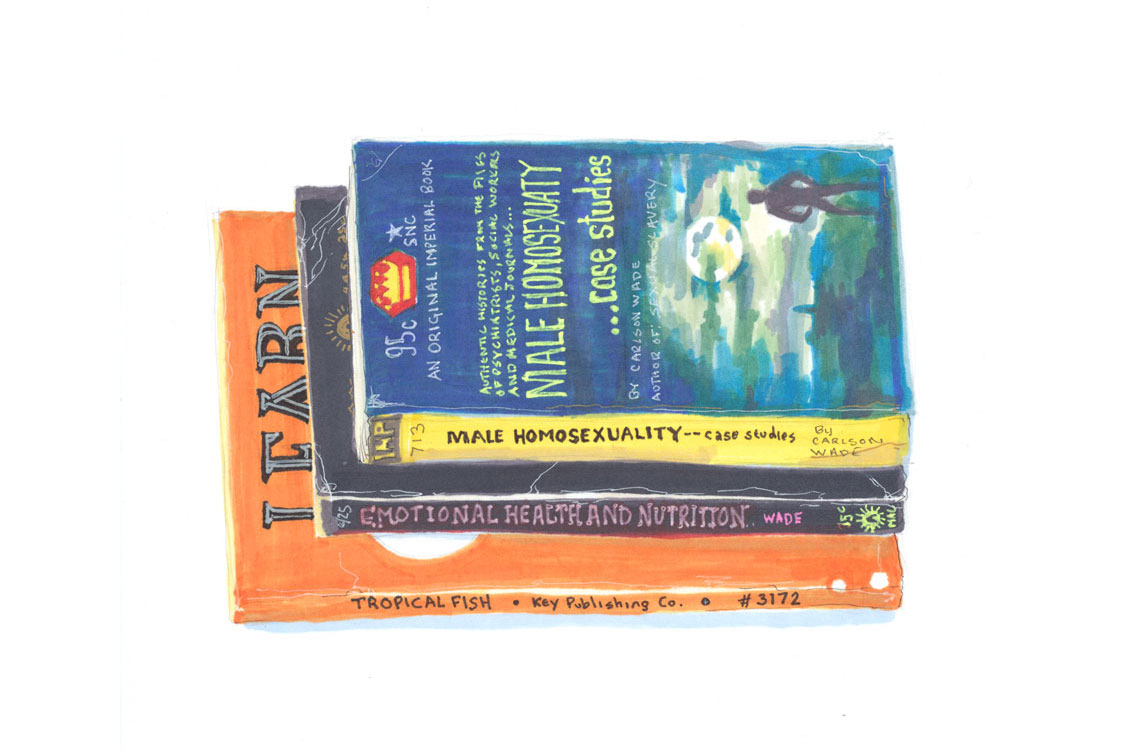
Bobby Abate, Callicoon, NY
PULP STACK, 2022, pen and ink on paper, 8"x 8";

Amy Applegate, Indianapolis, IN
West Window in February, 2022, oil on panel, 20" x 16"
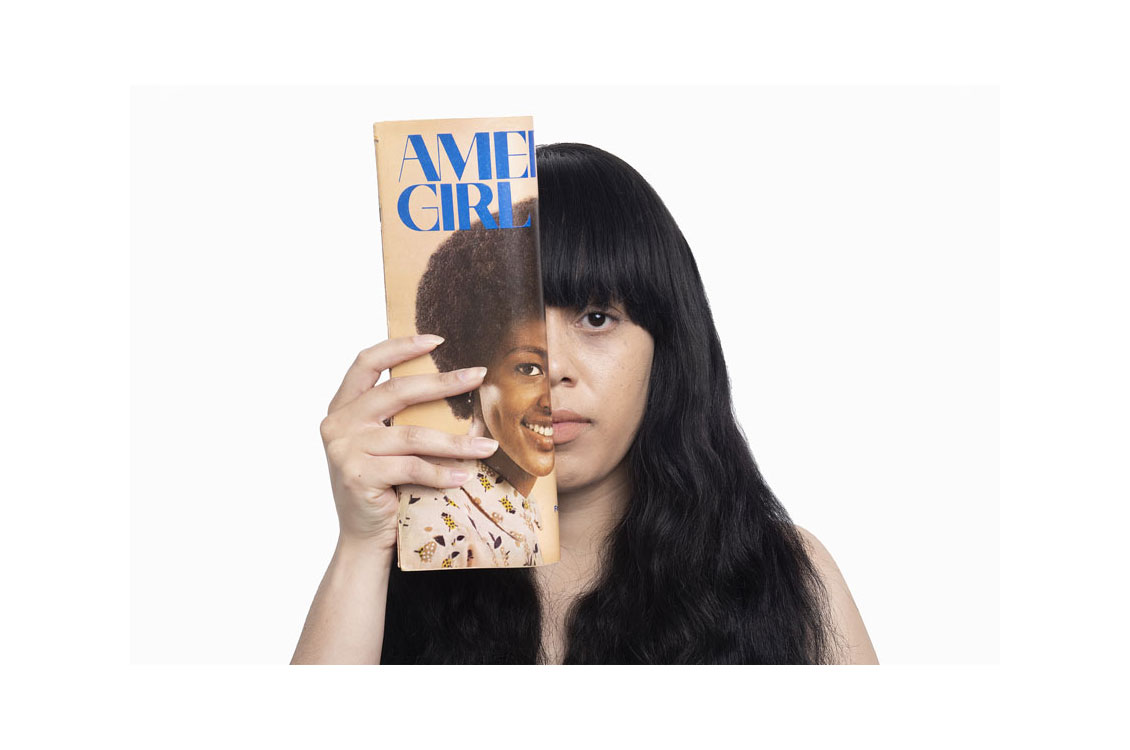
Krystal Boney, Wake Forest, NC
Girl, 2021, archival print on inkjet paper, 18"x 24"

Griffin Carrick, Cary, IL
Mother, 2022, deconstructed women's blue jeans, 24" x 19" x 1"
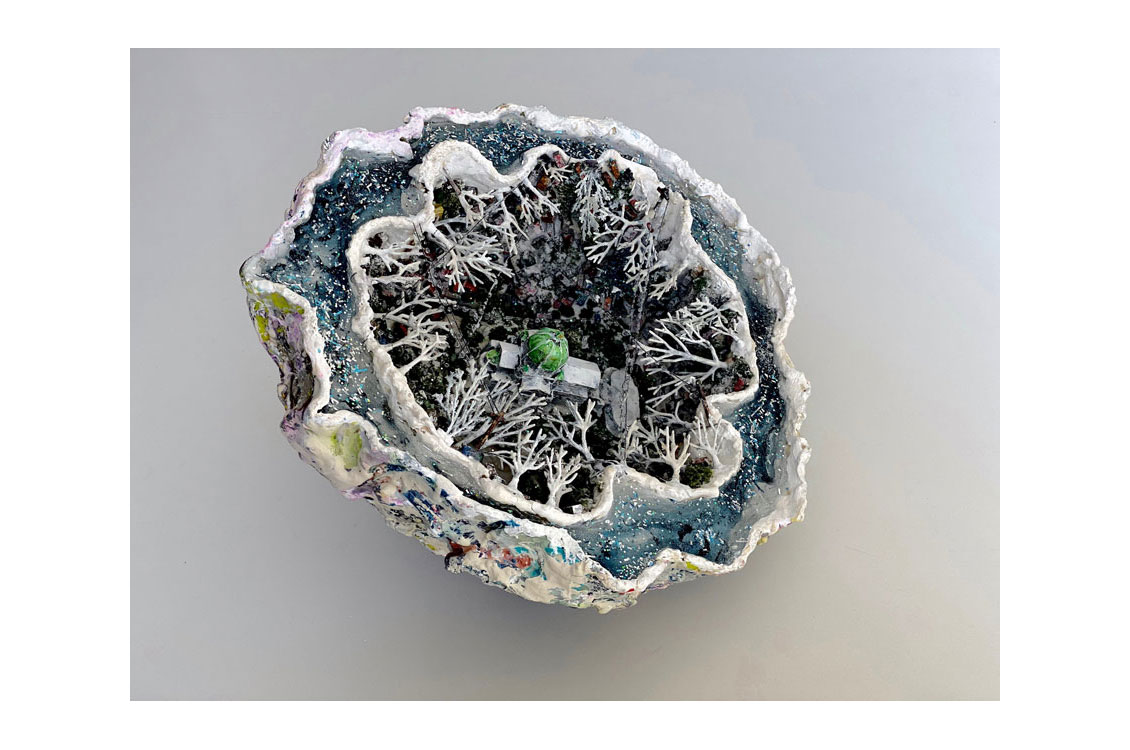
Bryan Chadwick, New York, NY
THE ICE STORM GEODE, A multimedia construction for floor or pedestal, from the series,
GEODES, 2020, reinforced plaster, resin, glass, rock, wood, scale models, with liquid
acrylics and metallic paint, 6" x 13" x 13"
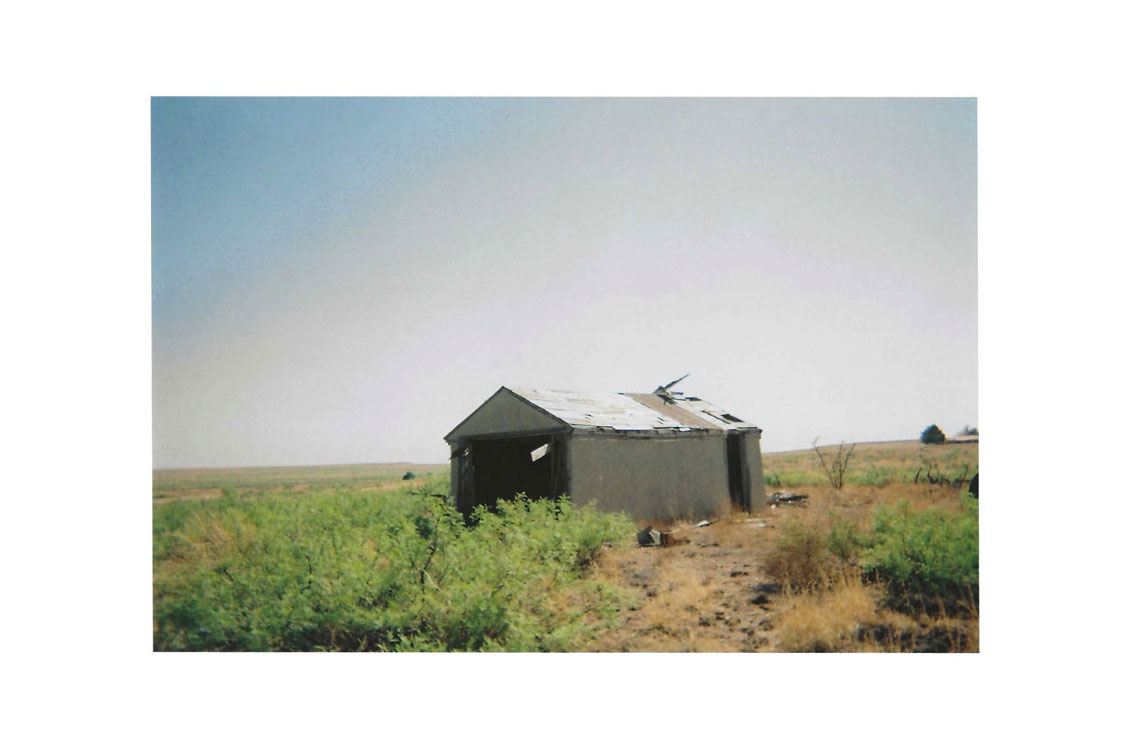
Celeste Croteaux, Santa Fe, NM
Kenna, NM (Disposable Camera, 01), 2022, disposable camera photograph, 5" x 7"

Shane Daly, Brooklyn, NY
Whipsaw, 2021, mixed media on paper, 9" x 12"
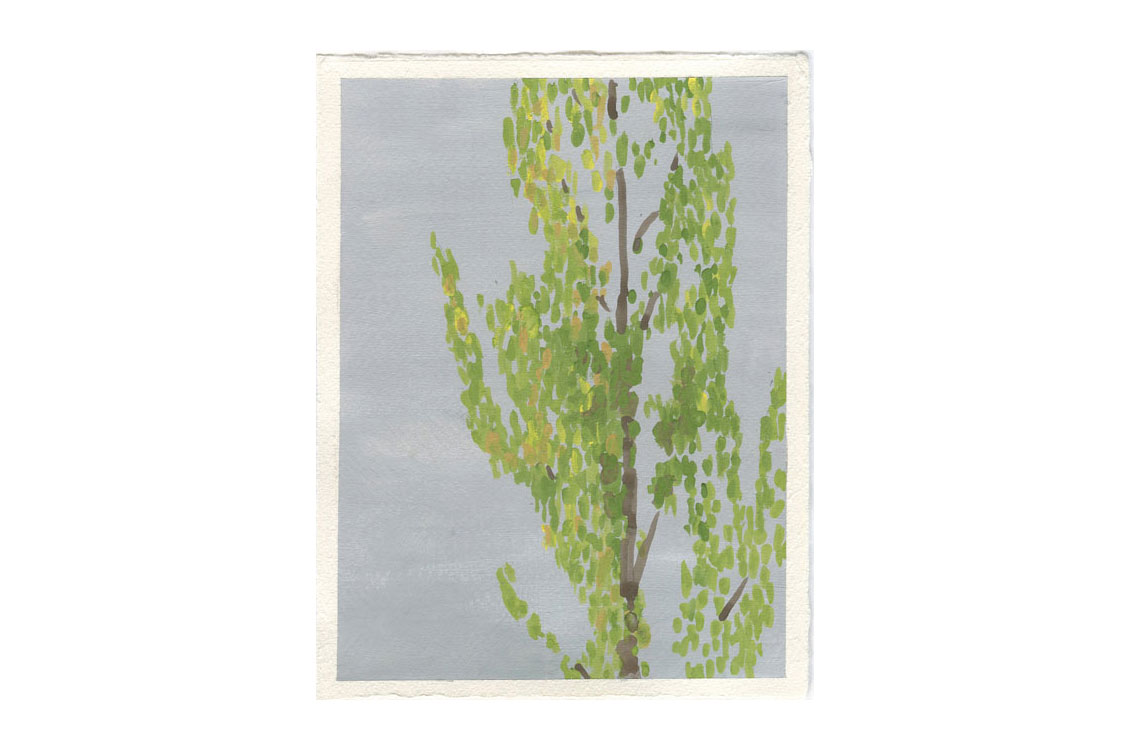
Donna Fenstermaker, Berkeley, CA
EO 10.31.21-3, 2021, gouache, 8" x 6"
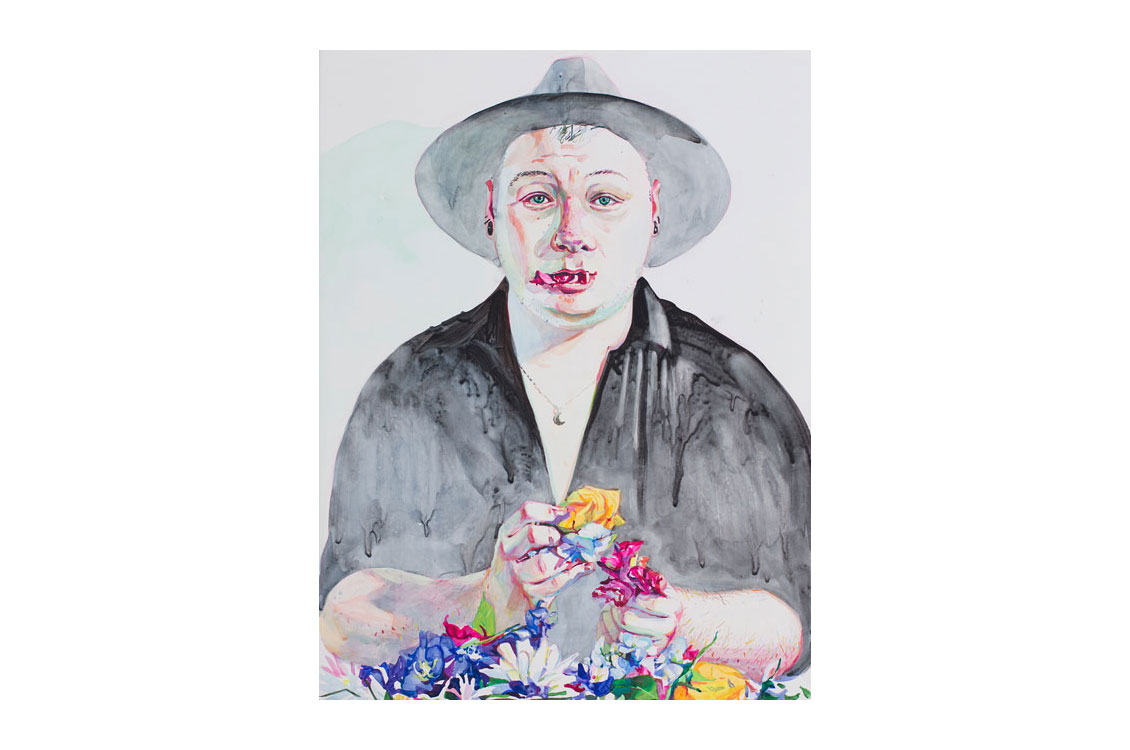
Jee Hwang, Hays, KS
Flower Portrait- Tyler, 2020, watercolor and acrylic gouache on panel, 12" x 9"
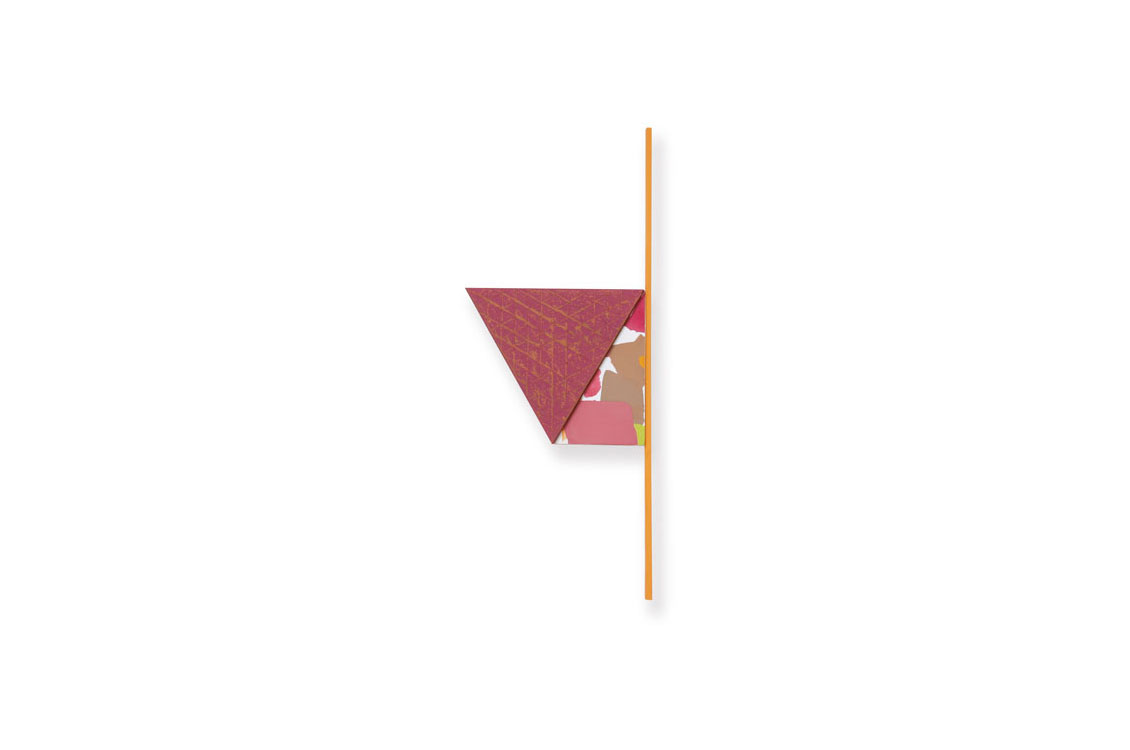
Blinn Jacobs, Branford, CT
Negentropy, 2021, casein, oil pastel on different thicknesses of gatorboard, balsa
wood, 18" x 7" x 1"

Benjamin Long, Philadelphia, PA
Stacked Shapes Sculpture 9, 2020, wood, rubber, acrylic, enamel, 10.75" x 3.5" x 4"
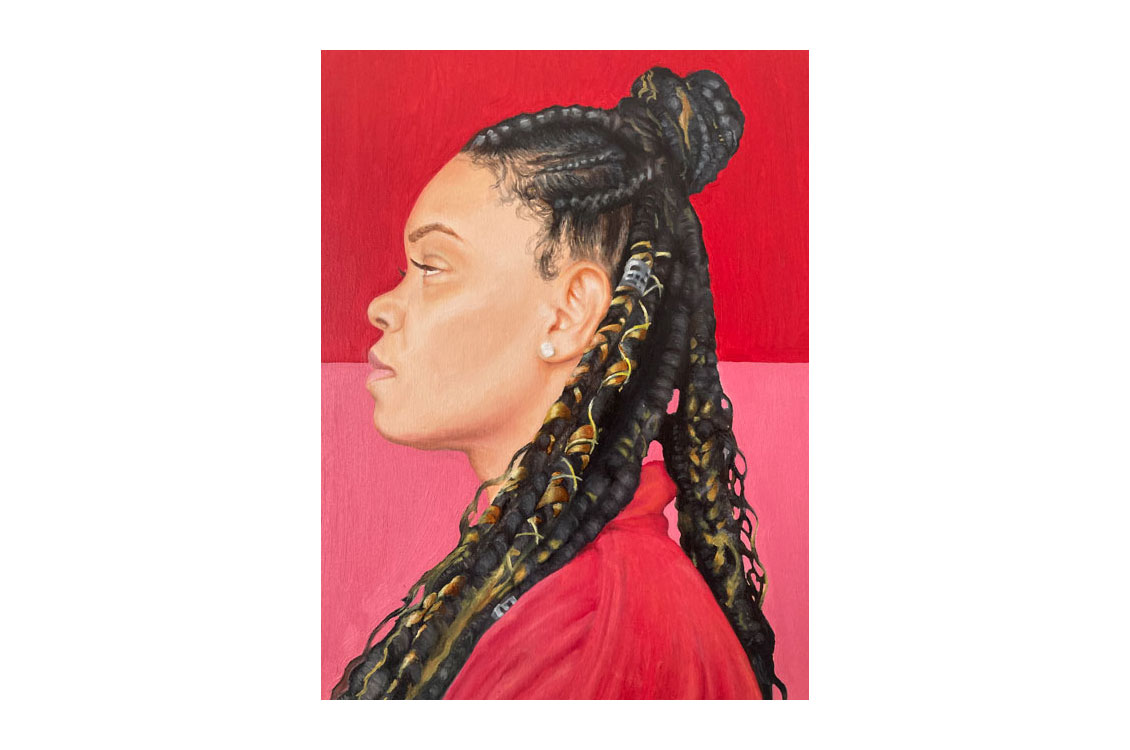
Kirk Maynard, Orange, NJ
Serenity Series 6, 2020, oil on canvas, 20" x 16"

Mark Mcleod, Murfreesboro, TN
Olan Mills, 2019, MDF, paint, 16.25" x 12.25" x 1"
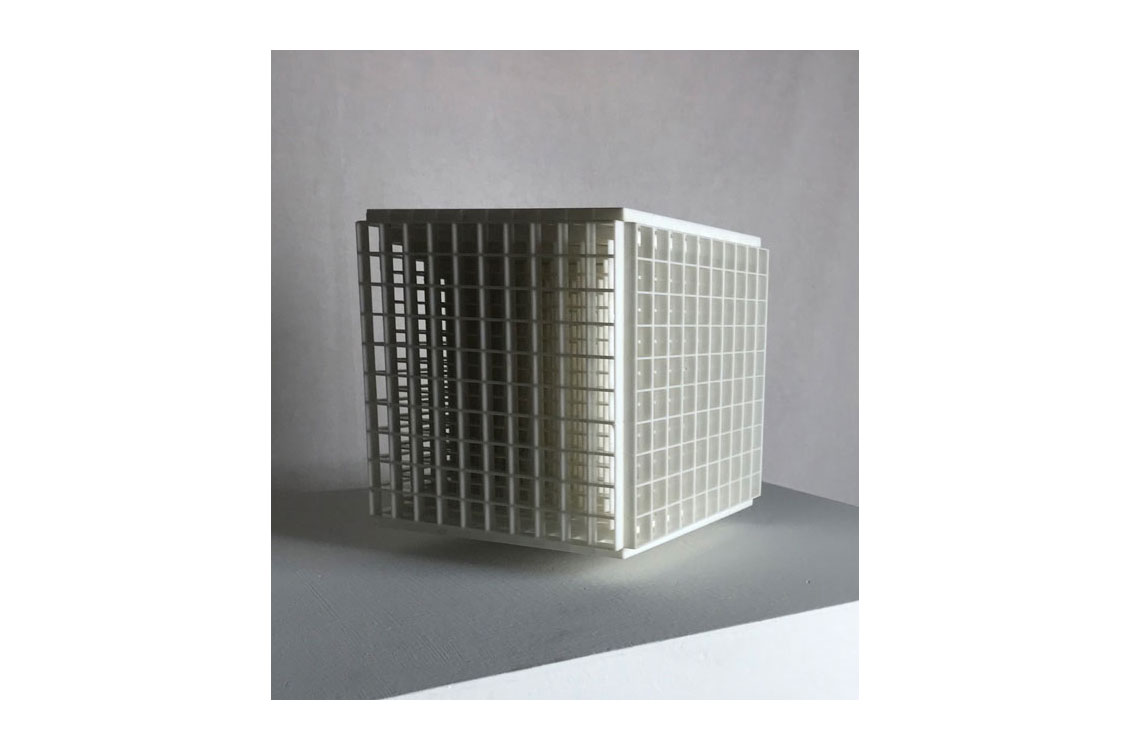
Michael Murray, Reading, PA
Infinity Cube, 2020, acrylic egg crate, 7.25" x 7.25" x 7.25"
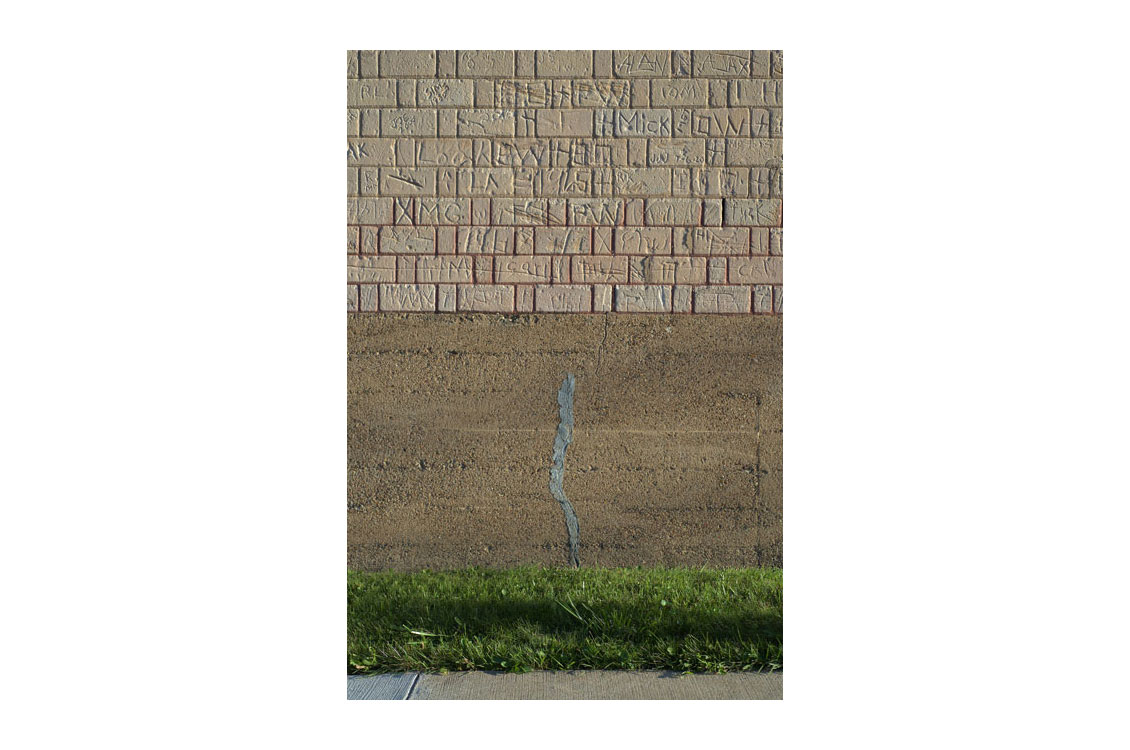
Robert Osborne, Racine, WI
Dubuque Supply Co Building I, 2021, digital inkjet print, 15" x 10"
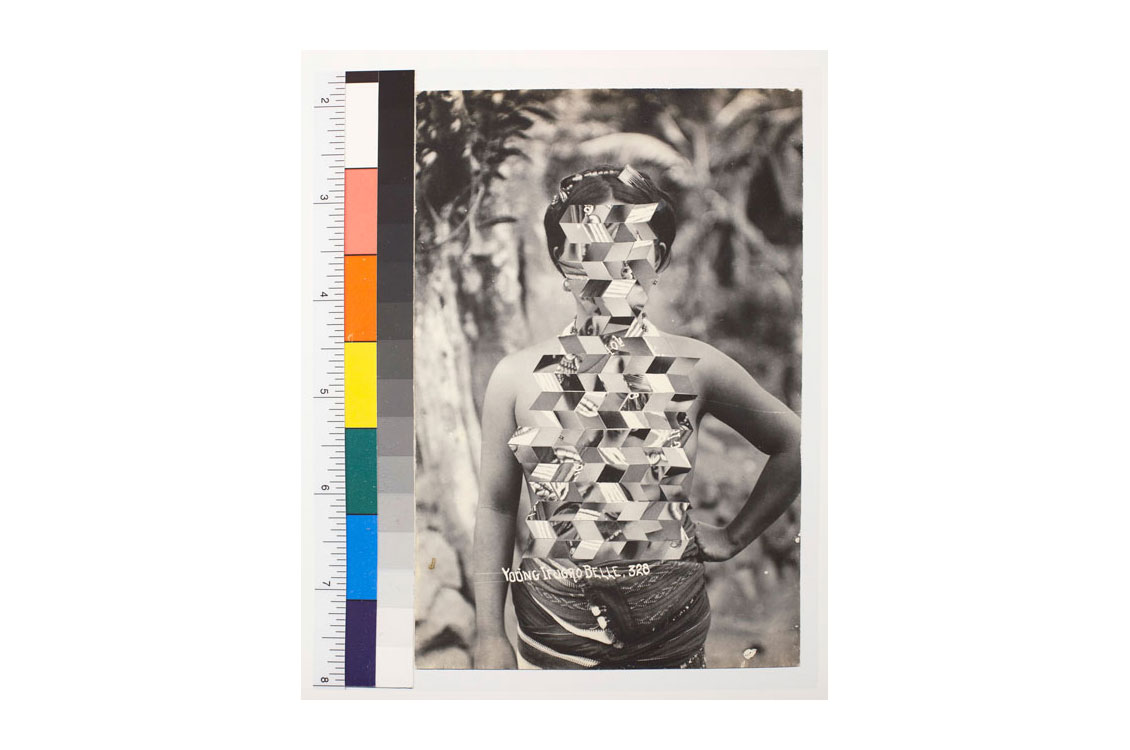
Jason Reblando, Normal, IL
Ifugao Belle, 2022, photocollage, 18" x 15"

Jennifer Seo, Murfreesboro, TN
Spoon & Chopsticks, 2022, color pencil on paper, inkjet print, 3" x 4" x 2", 1"
x 9" x 2"
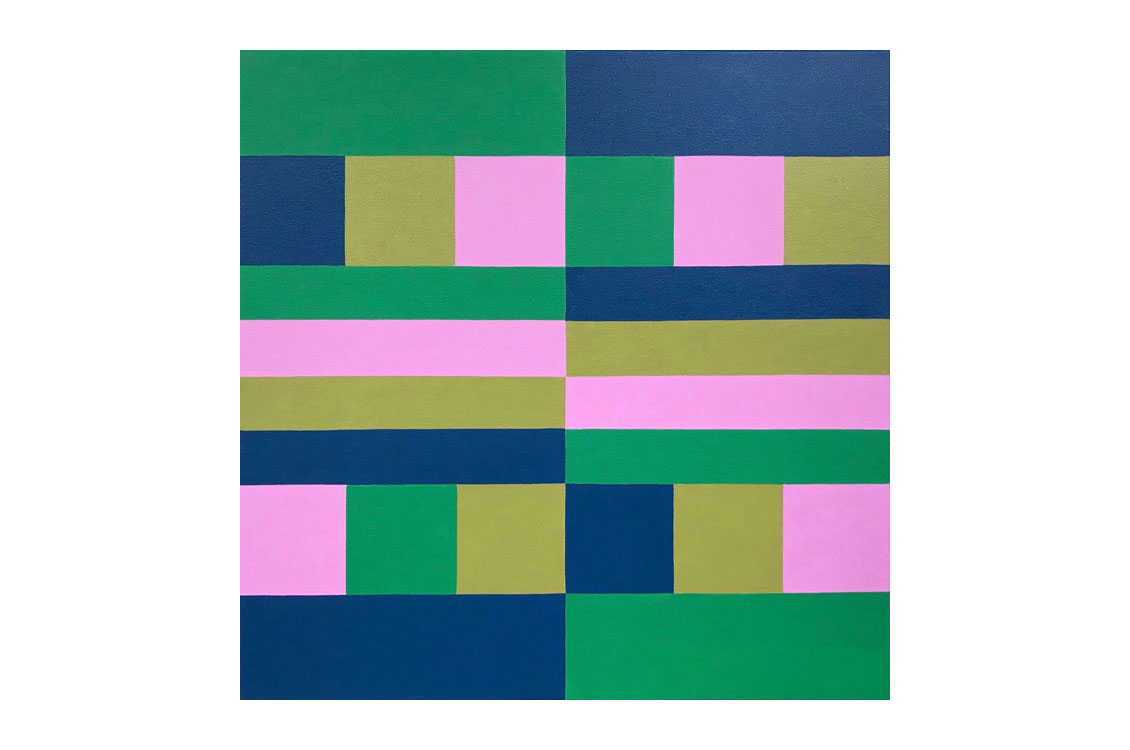
Kathie Shaw, Chicago, IL
Sanctuary Series #6: Green Belt, 2021, oil on canvas, 18" x 18" x 1.5"
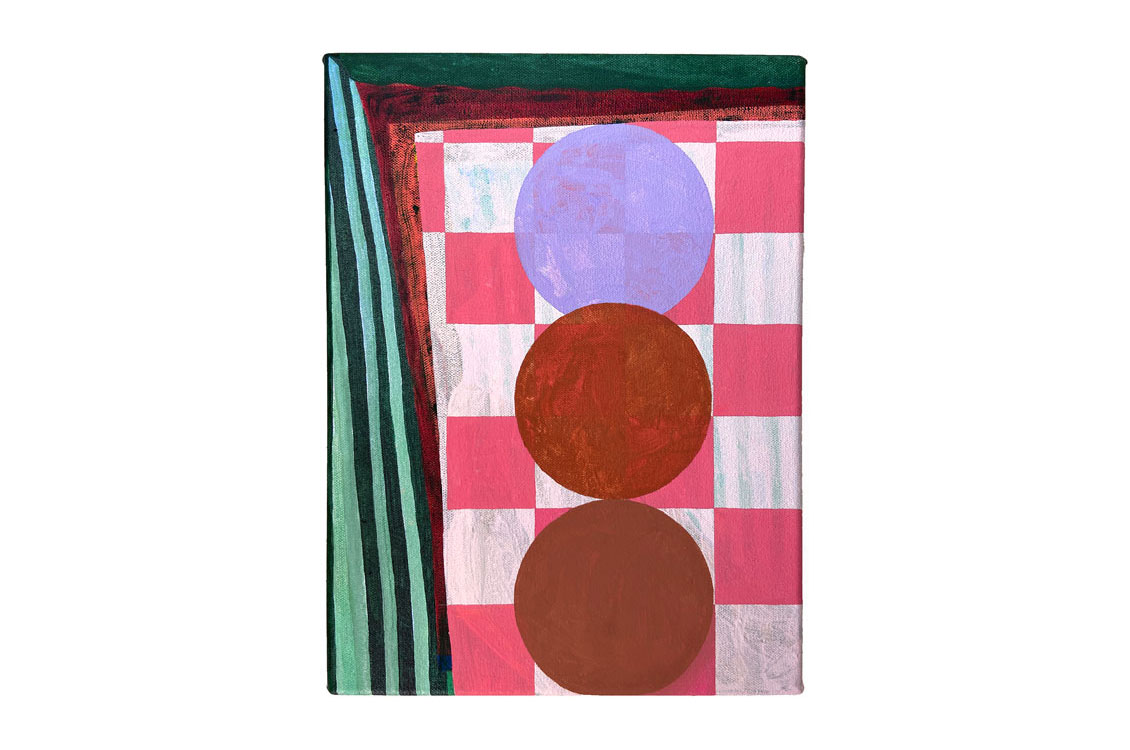
Jessica Simorte, Spring, TX
OOO, 2021, acrylic on canvas, 12" x 9"

Patricia Wasserboehr, Greensboro, NC
Stack, 2019, Hydrocal, milk paint

Steve Wilson, Groveland, IL
Southtown, 2021, photograph (digital - archival pigment print), 8" x 12"
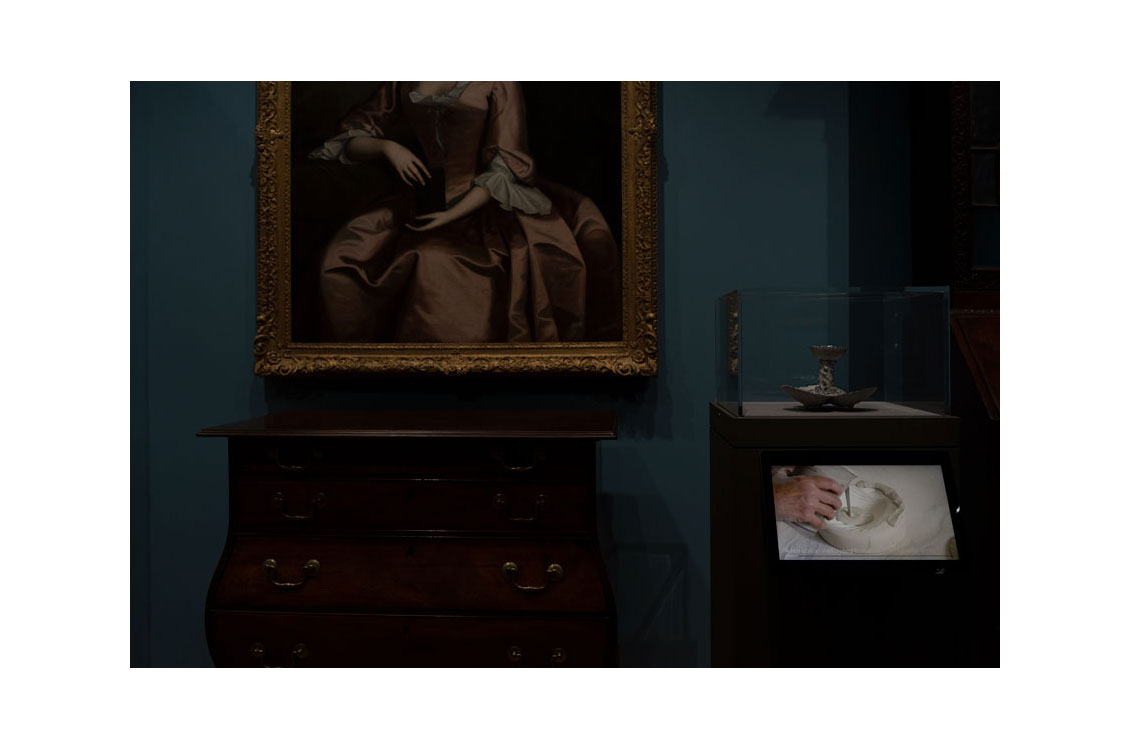
Kelly K. Wright, Philadelphia, PA
untitled, 2021, photography, archival inkjet print, 15.7" x 23"
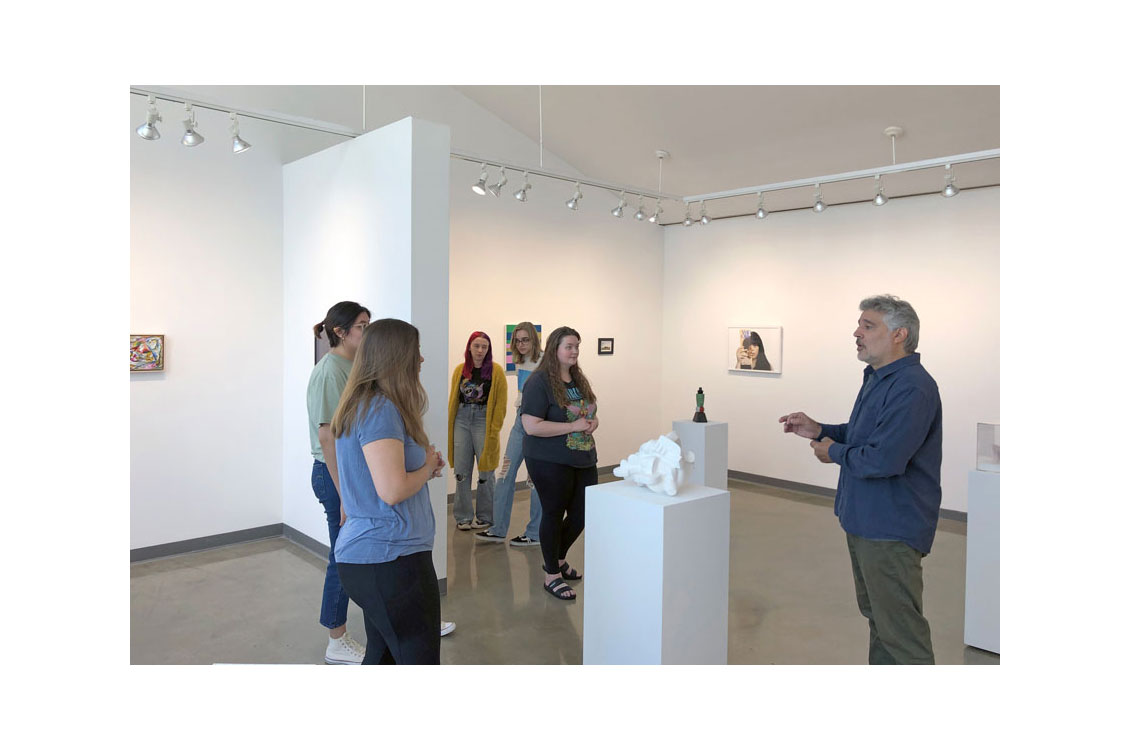
Installation View

Installation View
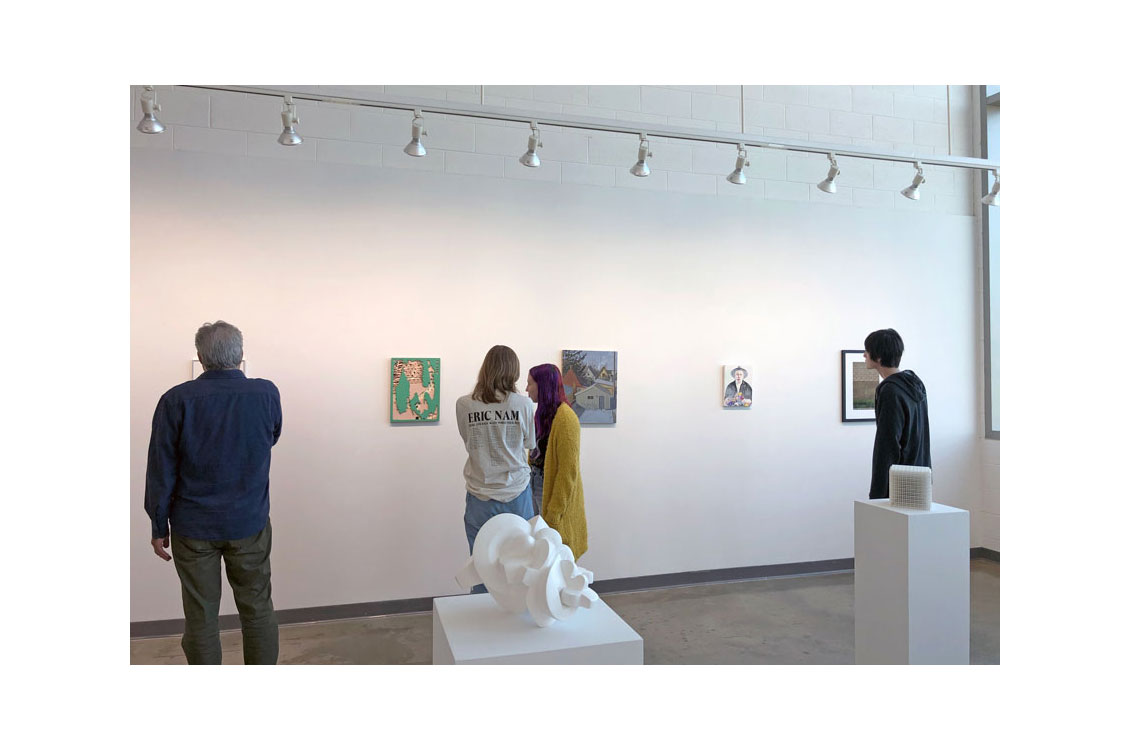
Installation View
The 44th Annual National Juried Exhibition highlights Small Works selected from entries by artists from across the country. The exhibition features a wide array of media ranging from photography and prints to painting and sculpture. Our juror this year is Justin Witte, Director and Curator, Cleve Carney Museum of Art, Glen Ellyn, IL.
PULP STACK, 2022
pen and ink on paper, 8” x 8”
I am very curious about what’s hiding in the shadows which, in the popular imagination, are nesting grounds for villains, vampires, sexual deviants and outsiders. As a socially awkward Queer coming of age in the 1990’s, I equated being out of sight and mind with safety —even as it created an isolating and painful disconnect from everyone around me. As an artist, I feel a kinship to people, places, objects, and technologies that have become lost in the shadows, and I seek to manifest their meaning in a modern context. PULP STACK depicts a paradoxical trio of paperbacks written by Carlson Wade, a popular New York author and literary agent who lived a discreet and closeted life as homosexual while publishing millions of words in the form of pulps, many of which served as raunchy exposés of the emergent queer and sexual underground before the Stonewall riots.
West Window in February, 2022
oil on panel, 20” x 16”
I make paintings in response to my immediate surroundings. These compositions often include personal objects, intimate interior scenes, and familiar landscapes. I think of the painting as documents of my physical environment and my formal and material leanings. I am attracted to observational painting because it effortlessly holds time, place, and impermanence within the process. The exercise has encouraged me to pay attention to what it’s like to visually experience the world around me.
Girl, 2021
archival print on inkjet paper, 18” x 24”
My perceptions on race and beauty were shaped by family, media, and interactions in White spaces. Hair has the leverage to gauge a Black woman’s willingness to assimilate to White standards of beauty at the cost of her self-esteem. The presentation of my hair was utilized by my childhood peers as an example of assimilation, and heavily influenced how I viewed myself. This experience created an imagined identity shaped by societal interpretations, striving to gain acceptance.
My images confront the stereotypes and myths around Black hair. Creating imagery dismantling expectations of the ideal woman will challenge others to form their own identity. While my perspective is on the periphery of the Black experience, I strive for it to be included in the narrative.
Mother, 2022
deconstructed women’s blue jeans, 24” x 19” x 1”
Traditional quilling is a crafting technique that has been around since the Renaissance, it utilizes strips of folded, curled, and rolled paper that are glued to a substrate. In my work, the patterns, forms, and textures created with quilling create both the structure and the decoration, thus eliminating the need for a substrate. By exploring the merging of surface decoration with structure, I am also examining the domestic creative labor of women throughout history, much of which is rooted in textile arts.
THE ICE STORM GEODE
A multimedia construction for floor or pedestal, From the series, GEODES, 2020
reinforced plaster, resin, glass, rock, wood, scale models, with liquid acrylics and metallic paint, 6” x 13” x 13”
GEODES are like us —ordinary on the outside, extraordinary inside. This one has to do with my birthplace, Montreal, where we were taught the island was founded by people “called” to go there “by divine intervention.” Revisionist historians, however, say the Order of St. Sulpice, who established the city, were not the pious catholics they posed as but followers of “The Grail” sent to establish a safe haven for heretics escaping persecution in Europe. (The order, you may recall, is featured in Dan Brown’s The Da Vinci Code.) They point to Canada’s eastern-most coastline, which was named none other than “The Avalon Peninsula” and suggest ‘Avalon’ —described in the corpus as ‘a faraway island to the west’ and the fabled ‘Glass Island’ is none other than the Island of Montreal. ‘Glace’, after all, is the French word for ‘ice’.
Kenna, NM (Disposable Camera, 01), 2022
disposable camera photograph, 5” x 7”
I am interested in abandoned, decaying spaces with a liminal quality to them. The themes of my work center around infrastructure and decay in rural communities in the Texas Panhandle, Southeast New Mexico, and Mountain West. The majority of the land in the western United States is the sparsely populated remainder of railroad and mining towns and small agricultural communities. Most Americans who live in cities tend to overlook the reality of those who live in these towns where food is farmed, natural resources are taken from, and manufacturing in factories occurs. The end goal of my artistic process is to capture what this majority of the American landscape looks like and bring attention to the conditions of these communities, whether or not they are deemed particularly important. Most of the time, they are not.
Whipsaw, 2021
mixed media on paper, 9” x 12”
My practice cycles through different but interconnected approaches towards image formation. Observations from life are intercepted and disrupted by the material properties of paint. Images are first amassed through multiple layers of mixed media which is often later stripped away and then worked back into. The result is a visual translation of the negotiation between observed experience and medium.
EO 10.31.21-3, 2021
gouache, 8” x 6”
I applied to the residency at the Eugene O’Neil House Foundation in Danville, California, requesting three different weeks, so I could see the change in the landscape as the seasons turned. I choose and was granted late July, the last week of October and the third week in November. It was in the 100’s during the July residency and I painted outside at a table. I painted outside with a coat, hat, scarf, and a blanket in my lap in October. November was too cold, and I painted in the “trunk room” and looked out the windows. The trunk room is the indoor space for residency artists to use. It is a separate small building where Carlotta O’Neill kept her Louis Vuitton trunks, now referred to as the trunk room. This is where I painted in November.
I painted many versions of the poplars, one of which is in the exhibition.
instagram: @donnafenstermaker
Flower Portrait- Tyler, 2020
watercolor and acrylic gouache on panel, 12” x 9”
Inspired by observing human relationships in and around communities of various types -including gender, geography, and nation -- my works speak about different forms of human desire. I see the human body as a metaphoric vessel holding individual desire, memories, and history. Through representational figurative paintings in oil and water media, I explore how bodies transmit desire and form relationships through metaphoric gestures that reveal the border between an individual’s psychological state and the desires of groups of people, community, and public.
“Women Eating Flower” series focus on how beauty and violence can be reciprocity of such desire through the language of painting. As a symbol of beauty and purity, images and paintings of flowers have been associated with the female body within the history of art. As a rebellious and self-destructing gesture, eating flowers allude to the violent nature of desire and obsession with beauty. With Flower Portrait- Tyler, I wanted to express how such obsession on beauty and their femininity shows through the elegant gesture of eating flowers.
Negentropy, 2021
casein, oil pastel on different thicknesses of gatorboard, balsa wood, 18” x 7” x 1”
"In painting, I try to make some logic out of the world that has been given to me in chaos."
Negentropy was inspired by these words of the artist Grace Hartigan (1922-2008) and selected by the Jason McCoy Gallery to be in the Drawing Challenge XVIII online exhibition in 2021.
Stacked Shapes Sculpture 9, 2020
wood, rubber, acrylic, enamel, 10.75” x 3.5” x 4”
The Covid lockdown spurred me to make sculptures that I had been intending to do for a long while. In the past my work has often been a hybrid of two- and three-dimensional shapes and ideas, so these sculptures refer to my own history, as well as to recurring stacked shapes in my newer paintings and drawings.
Serenity Series 6, 2020
oil on canvas, 20” x 16”
Kirk Maynard is an artist and educator who is originally from Brooklyn, New York. A second-generation Guyanese-American, Maynard’s paintings and drawings detail the political undercurrents of culture and identity in America through portraiture and composition. Often referencing American social history, his work explores the intersection between identity and politics through juxtaposition.
Olan Mills, 2019
MDF, paint, 16.25” x 12.25” x 1”
Memory is fallible, persistently shifting, exploitable. Due to severe ADHD, I remember very little from my most recent experiences and even less from my childhood. This inability to remember has caused me to question not only how I understand my past but, more importantly, how I define my present. As we discuss past events with friends and family, we revise those memories. Looking through photographs, seemingly fixed in space, the stories surrounding those events transform. Using my own personal photographs and videos as reference, patterned layers are carefully digitally constructed and then conceived in wood using CNC technology. Imagery and memories that exist as disjointed narratives are assembled in an attempt to understand my past. Whether it is the retelling of an event or the formation of an entirely new experience the divide between what’s remembered, what’s presented, and what is real is indistinguishably and irrevocably blurred.
Infinity Cube, 2020
acrylic egg crate, 7.25” x 7.25” x 7.25”
My acute observation of this world and the human condition began at a very early age. An elective mute during my first decade I unknowingly created a self-imposed purdah that would go on to define my life as a visual artist. Speaking thru objects and images is literally my first language. I create forms, marks and figures that combine the beauty and brutality I encounter to represent a transformative means to an end. Curious objects of visual research are born. As the creator to these urchin, it is my endless pursuit to embed in them the voice I never had, so that they may speak on my behalf.
Dubuque Supply Co Building I, 2021
digital inkjet print, 15” x 10”
I focus on our built environment in the tradition of the New Topographics movement, providing objective documentation of my city (Racine, Wisconsin) and similar industrial cities while striving to reveal aesthetic elements within the human-altered landscape. I look for buildings and details that exemplify Racine’s industrial and urban heritage and also have pops of color or unexpected shapes and juxtapositions. Classic composition can combine with serendipitous elements to offer a fresh take on these archetypal environments.
This photograph was taken during an excursion to Dubuque, Iowa. It is part of a series of three photographs of a building containing heating and air conditioning supplies that has a fascinating mix of disparate brick materials. Some of the bricks have been inscribed over time with letters, words, and symbols to create an archeological impression.
Ifugao Belle, 2022
photocollage, 18” x 15”
Field Notes
In Field Notes, I create photocollages based upon archival images from the American colonial period in the Philippines. Thousands of photographs were made to create a narrative of white saviorism and thus shaped the way Americans perceived the Philippines throughout the twentieth century. By physically cutting, pasting, and rearranging various elements of the images, I aim to deconstruct and critique the colonial gaze, while attempting to reclaim part of the photographic narrative. I hope that by layering and reshaping images upon images, the cumulative effect interrupts the reading of the original photograph.
Field Notes is a meditation upon the long, complex relationships between the Philippines and the United States, anthropology and photography, and mass media and society. Ultimately, I hope that my project will contribute to a growing conversation by contemporary artists who are eager to interrogate the colonizing power of the archive, not only for Filipinos, but for all members of the Global South.
Spoon & Chopsticks, 2022
color pencil on paper, inkjet print, 3” x 4” x 2”, 1” x 9” x 2”
I recreate objects found from old family photographs as delicate paper sculptures. As I look through the photos, I pick out objects that those in-scene would have had the most interaction with. My making process is intentionally repetitive and careful. Recreating these objects is a study of my family that I have always felt disconnected from, but cherish. Making these objects gives me time to consider these lost moments, making space for quiet reflection. As I make the work, I project myself into experiences I was not always present for. The ghostly visual of the sculptures produces a sense of preservation and loss. These objects are identifiably hand activated because I want the viewer to recognize that action and insert themselves into an imagined scene with the work, participating in my attempt to connect. These works are not about the objects, but rather about the time of the objects.
Sanctuary Series #6: Green Belt, 2021
oil on canvas, 18” x 18” x 1.5”
In 2021 I made the decision to begin an investigation into a simple system thereby eliminating the crucial contribution chance had made to my previous work. I created the system, and the system then began driving the painting. Like my earlier work, I am seeing these paintings as related to landscape, albeit reduced to a simple geometry, but they are also self-referential, a process of looking inward. They are painted by hand, no taping, so painting these freehand geometries requires concentration. I don't necessarily like to say painting them is a meditation, but they do require single-pointed concentration, helping obscure other distractions. There are still decisions to make, but generally the painting helps create itself, making them a respite so to speak, from the constant decision making of the everyday. Hopefully, they are a respite not only for me but, also, a visual respite for the viewer.
OOO, 2021
acrylic on canvas, 12” x 9”
These small paintings ultimately connect to the public through what I see as one of many universal cultural connections, the pull of place that operates on all of us. This work is an ongoing examination of how art making can serve as a mode of placemaking. Through painting I am able to create environments that engage in a manner that is suggestive but not specific— these works are meditations on the infinite power of physical and psychological space.
Abstraction is the framework in which I investigate ideas of place-dependence and the psychological need to belong somewhere. I have adopted a sincere approach to contemporary painting, these works are produced with an introverted inclination and modest scale. By looking at interiors through the filter of materials and physicality, the work ultimately focuses on drawing and painting as a means of navigating physical and intangible places.
Stack, 2019
Hydrocal, milk paint, 10.5” x 15” x 12.75”
Current sculptures reflect my interests in formalist contemporary sculpture from the mid- 19th century to the present. Cubism, Minimalism, Futurism, and Abstract Expressionism are the art movements that engage and inform my practice. In sculptural compositions where the narrative content of the works is de-emphasized, I focus on the pure visual aspects. My preoccupation is with the invention and arrangements of internal and external forms, spaces, and movements. Elements of structural design inherent in my sculptures include balance, strength, suspension, and construction. I study the physical characteristics of the materials I frequently employ such as stone, plaster, and wood. The possibilities and limitations become known to me as I manipulate them in my precisely crafted sculptures.
Southtown, 2021
photograph (digital - archival pigment print), 8” x 12”
My principal interest is discovering the artfulness of those things around me that make up the region where I have lived all my life. An avowed design junkie, I am especially drawn to interesting architecture. I seek out the time-worn, curious, and funky. I explore rural communities and once-thriving urban neighborhoods for reminders of humanness, culture, and community. My photographs are an investigation of this place – Central Illinois. I continue to find my voice and moments when everything comes together are worthy of the worry.
untitled, 2021
photography, archival inkjet print, 15.7” x 23”
Preservation Society is a new series I am making in historic homes of prominent, wealthy families like the duPonts as well as European and colonial American galleries in art museums. I continue to explore larger themes of longing, representation, and the paradoxical relationship between seeing and knowing in the photographic image, but in a new way, reckoning with my relationship to these spaces and the narratives they perpetuate. The images use the currency of these spaces and objects — a particular mix of aspiration and omission, often under the guise of history — to subvert and transform the way they make meaning. The viewer is drawn into scenes that feel familiar while simultaneously revealing and rendering fragile an absurd and often horrific veneer of intense control and order. The women of these spaces appear and reappear, complexly implicated in this control and order and serving as a symbol of generational passing down.
Justin Witte is the director and curator of the Cleve Carney Museum of Art. Witte has been working in museums and galleries for over 20 years and has worked on numerous projects with artists of all levels. Most recently Witte curated the exhibition Frida Kahlo: Timeless, a comprehensive exhibition exploring the work and biography of Frida Kahlo. Trained as fine artist Witte received his MFA from the University of Illinois at Chicago and his BFA from the Milwaukee Institute of Art & Design.
My dining room used to be filled floor to ceiling (and even the ceiling itself) with small paintings, drawings, photos, and sculptural pieces that we had collected over the years from artists, friends, and family. Each piece contained for us a specific connection to a person, or time in our lives. Cascading over all of the surfaces of the room the works offered repeated moments of joy and appreciation through the years. It is said that it’s easier to make large works than small ones, and I believe that is true. Small works, like poetry, don’t have the luxury of excess, they must be precise and to the point. That is what I looked for when selecting works for this exhibition. I tried to select works that are exacting, considered and thoughtful while providing moments of beauty, meaning or discovery. It is my hope that this show, like that room in my house, will come alive with all of the thought and skill contained within each work. I want to thank all of the artists who submitted artwork to be juried for this exhibition, it was tremendously difficult to choose what to show and I was impressed by the volume of quality submissions.
Thank you to the gallery staff at Harper for organizing Small Works and for making room for the precise in a time when we are often overcrowded by excess. Finally, congratulations to all of the artists for not only sharing your work but for continuing to create.
Justin Witte